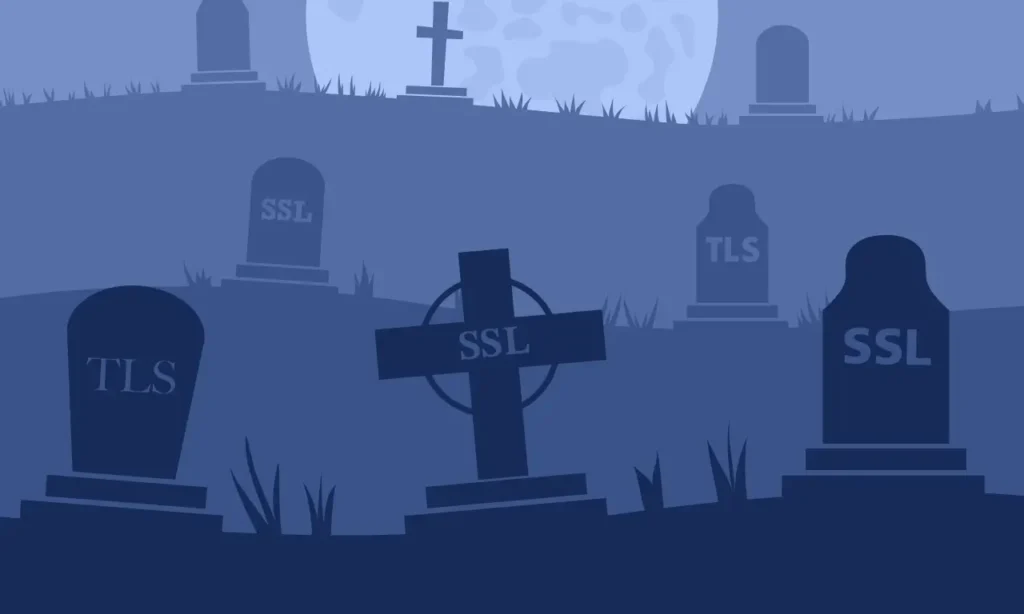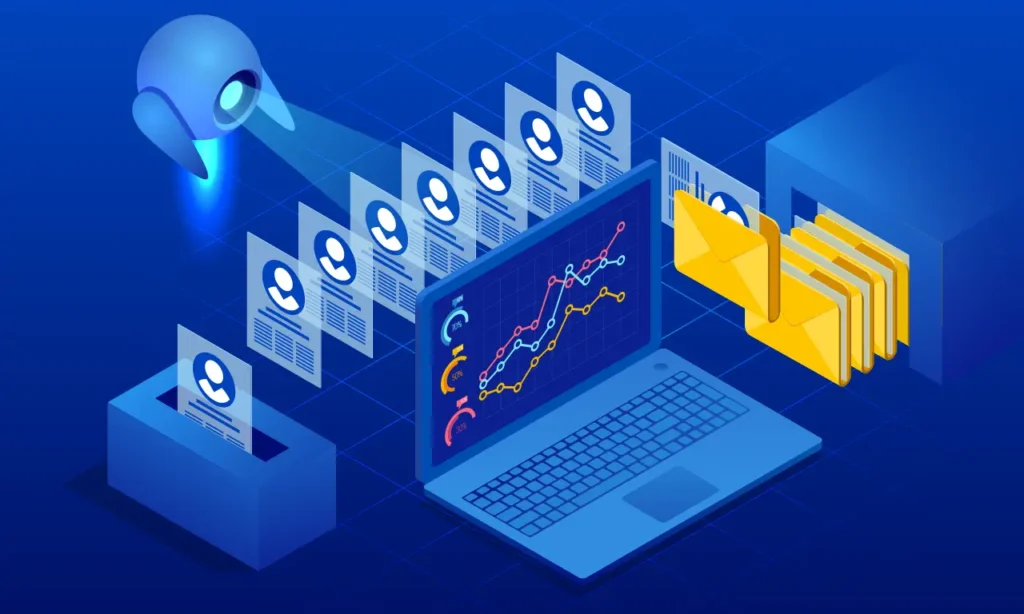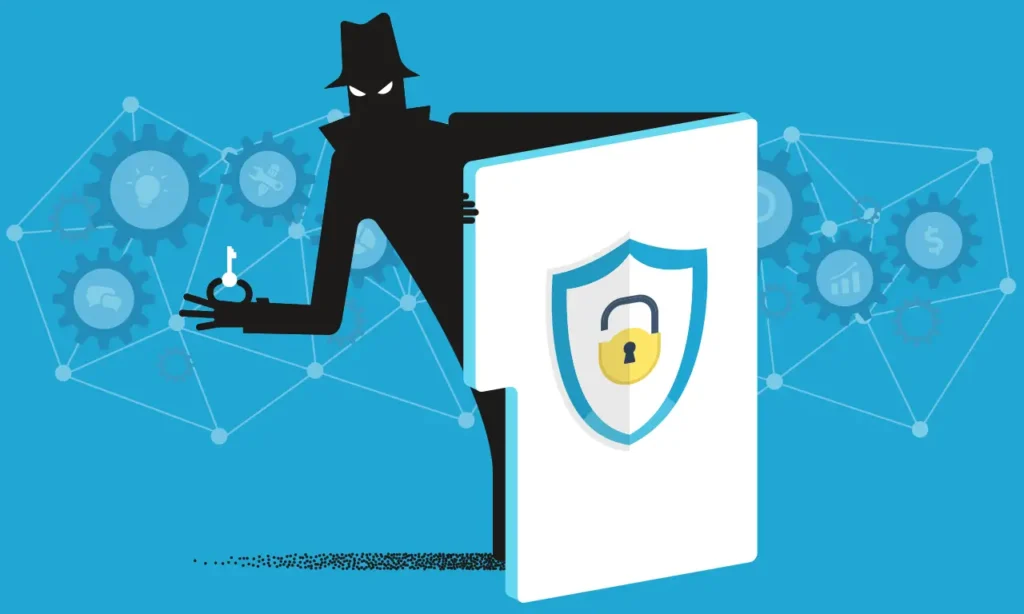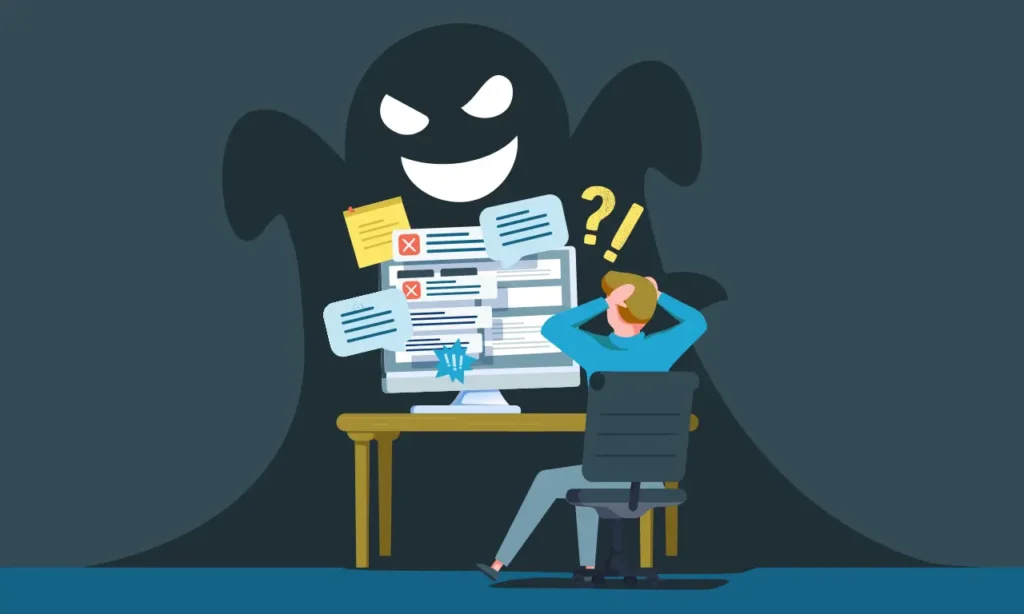
Beyond the firewall: Achieving zero trust for your legacy applications with Cloudflare Access
The concept of Zero Trust security has moved from buzzword to necessity. The core principle is simple: never trust, always verify.
John is a content writer at 101domain with a specialization in Domain-Based Enterprise Technology and Cybersecurity.

The concept of Zero Trust security has moved from buzzword to necessity. The core principle is simple: never trust, always verify.

Cloudflare Page Shield is here to combat client-side attacks in your browser. Here's how it helps you meet compliance as well.

With over half of all global web traffic coming from mobile phones, your website's performance on a smartphone can make or break your bottom line.

It can be a difficult choice: maintaining the simplicity of a single domain versus achieving the critical local trust signal required to win over customers in places like France, Canada, or Australia.

DMARC is undergoing a significant evolution. Here's what you need to know about the new protocol, DMARCbis.

When a forgotten subdomain is still covered by a valid, trusted certificate, it creates a silent entry point for attackers. We call this scenario the "SSL/TLS Certificate Graveyard."

In light of the sheer scale of modern email traffic and the rise of AI-driven cyber threats, can security teams keep up without AI assistance?

In the continuous cat-and-mouse game between defenders and attackers, the side with the most accurate and comprehensive map of the digital landscape often holds the winning hand.

DMARC is often seen as a purely technical protocol, a set of DNS records managed solely by the IT department. However, there's more at play behind the scenes.

What's lurking in the shadows of your IT infrastructure? "Shadow IT" can create blind spots and leave your business vulnerable to attack. Read if you dare!